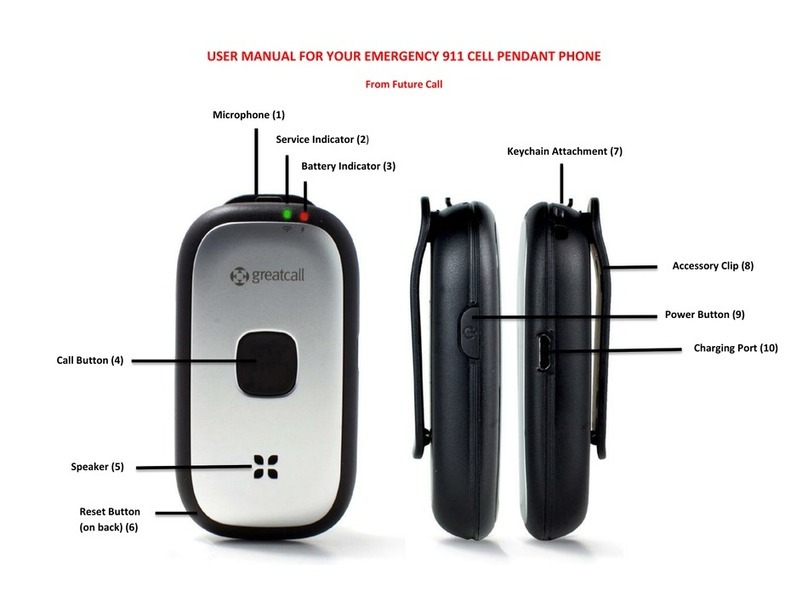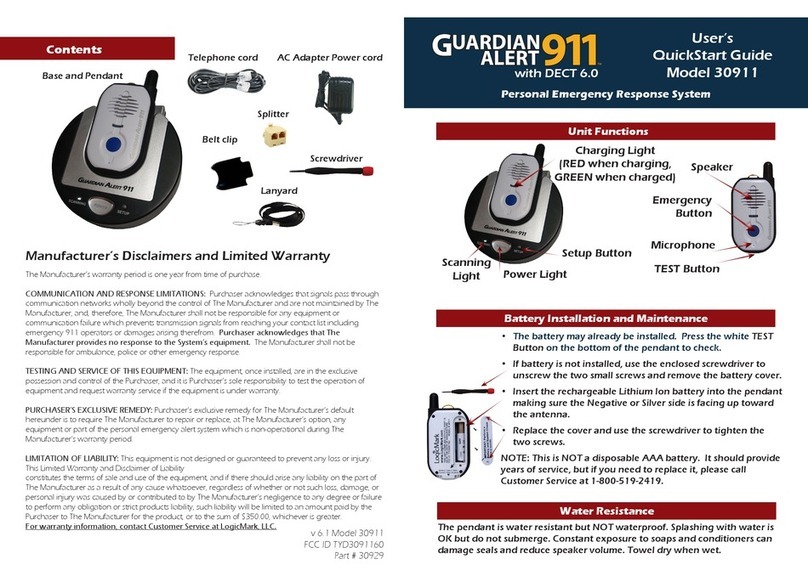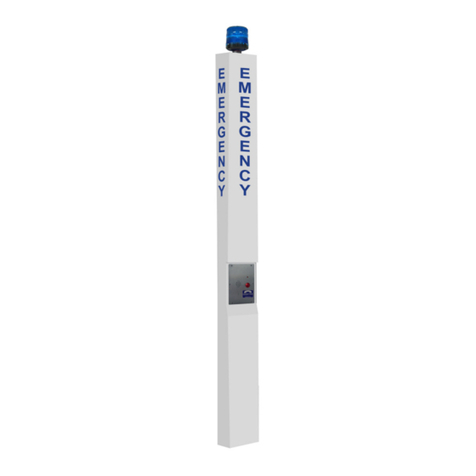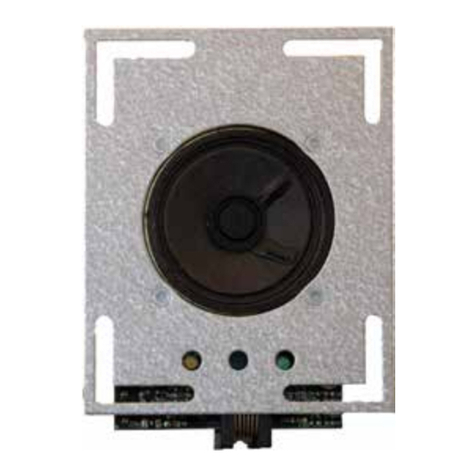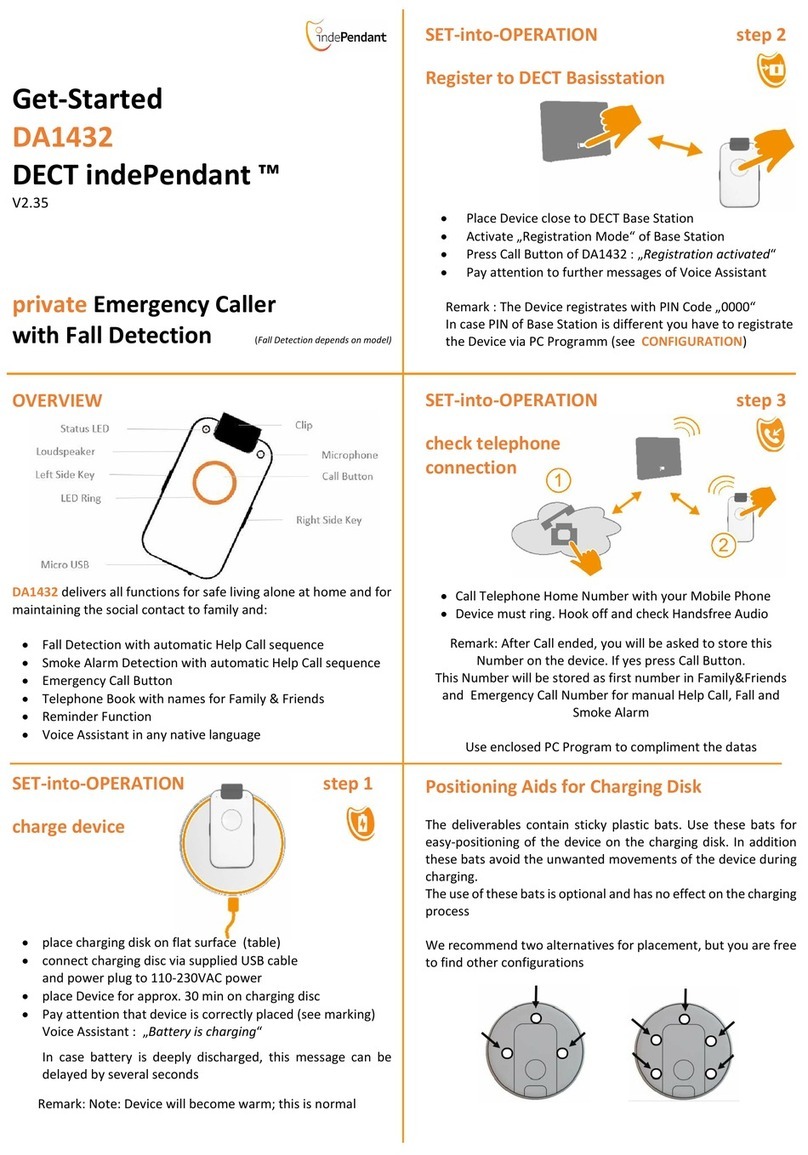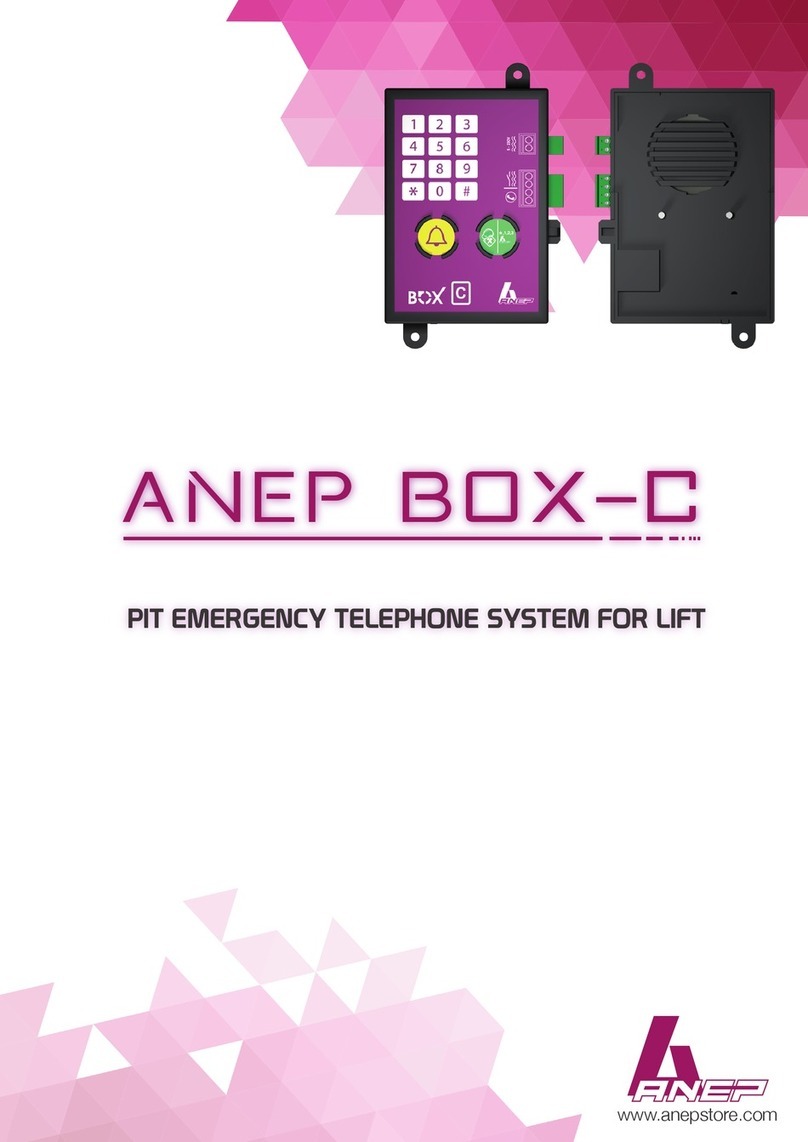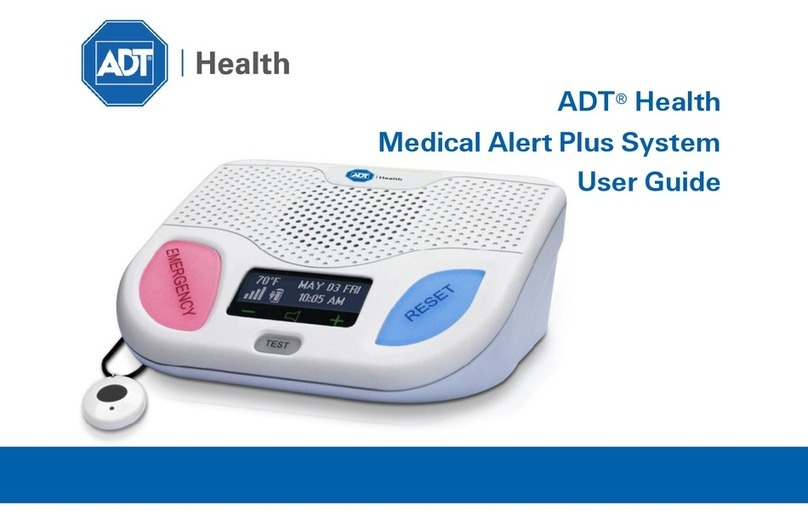Content
1BASIC DESCRIPTION..................................................................................................... 4
1.1 FEATURES ................................................................................................................... 4
1.2 TERMINOLOGY ............................................................................................................ 5
1.3 WIRING CONTACTS ...................................................................................................... 6
1.3.1 Description of basic module.................................................................................. 6
1.3.2 Setting voice communication................................................................................. 8
1.3.3 DTMF level setting................................................................................................ 8
1.3.4 Telephone line connection (LINE a b)................................................................... 9
1.3.5 Button and blocking connection (BUTTON a BLOCK)...................................... 10
1.3.6 Connection of optical signalization (YELOW and GREEN)................................ 12
1.3.7 Input connection- failure notification (INPUT)................................................... 13
1.3.8 Connection of machine room communication (3WR).......................................... 14
1.3.9 Relay connection (12V and NC/COM/NO)......................................................... 15
1.4 NLLW INSTALLATION............................................................................................... 16
2LLW SERVICE ............................................................................................................... 18
2.1 THE NLLW SIGNALLING TONES................................................................................. 18
2.2 CALLING FROM LLW ................................................................................................ 19
2.2.1 Emergency call (button activation) .................................................................... 19
2.2.2 Calling from INPUT - Failure call.................................................................... 19
2.2.3 Calling from INPUT - Technical call................................................................ 20
2.2.4 Service calling ( from timer)................................................................................ 20
2.2.5 End of calling –call confirmation....................................................................... 20
2.2.6 Machine room connection................................................................................... 21
2.2.7 Incoming call....................................................................................................... 21
3PARAMETRES PROGRAMMING .............................................................................. 22
3.1 PROGRAMMING BY TELEPHONE:................................................................................. 22
3.1.1 Enter to programming mode..................................................................................... 22
3.1.2 Programming of parametres..................................................................................... 22
3.2 PCPROGRAMMING–PROGRAMM LIFT SET................................................................ 23
4PARAMETRES DESCRIPTION................................................................................... 24
4.1 PHONE NUMBERS MEMORY ........................................................................................ 24
4.2 OPERATION ............................................................................................................... 25
4.3 BASIC PARAMETRES................................................................................................... 26
4.4 TIME PARAMETRES .................................................................................................... 28
4.5 PRESETTING AND ERASING......................................................................................... 31
4.6 ENDING OF PROGRAMMING ........................................................................................ 31
4.7 SYSTEM SETTING ....................................................................................................... 32
4.8 PARAMETERS OVERVIEW ........................................................................................... 33
5TECHNICAL PARAMETRES ...................................................................................... 34
5.1 ELEKTRICAL PARAMETRES......................................................................................... 34
6TABLE FOR EASY NLLW PROGRAMMING........................................................... 35
